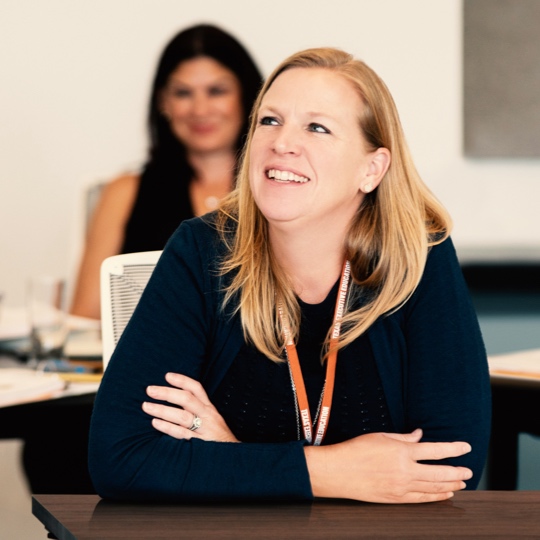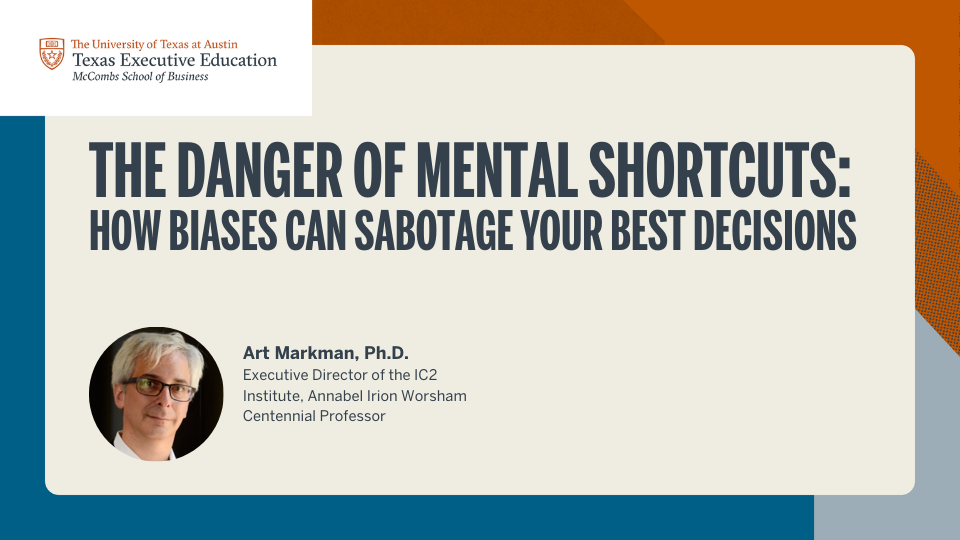As humans we are continuously problem solving; but we don’t always put much thought into how we think. Even more so in group settings, we tend to focus on the outcomes instead of the process. Team problem-solving for creative, innovative solutions can be fruitful and effective. When done properly, it doesn’t take attention away from day-to-day responsibilities, instead it adds to them.
In this post we explore two types of thought: divergent and convergent. Divergent thinking relies on throwing all the ideas out on the table no matter how difficult, crazy or unconventional they may seem. Convergent thinking, on the other hand, is about working through the proposed ideas and finding the best options. Applying these techniques to the creative process will allow your team to generate more ideas, then hone in on the best solution to the problem at hand.

Push and Pull: Two Thinking Strategies
Although these two cognitive approaches may seem to oppose one another, they work together harmoniously in the creative process. In fact, both are fundamental to problem-solving. The overall goal is to come up with ideas without judgement, sort through all the suggestions, then focus in and build on one in particular.
Go Big: Divergent Thinking
The world is your oyster when it comes to divergent thought. No idea is too far out there; all ideas are open to consideration. In practice, everyone gets all their new and creative ideas shared out. To do this successfully, everyone needs to resist the urge to judge whether or not an idea will work. Everyone needs to understand all contributions are welcome, and have trust that there will be a time for categorizing, organizing, and prioritizing ideas later. Divergent thought depends on all ideas being seen as equal, with no good, better, or best (or bad, worse, or worst). Going through this can lead your team to consider more creative ideas and discover an otherwise undiscovered lightbulb moment.
Narrow the Focus: Convergent Thinking
Convergent thinking is all about evaluating and choosing an idea for your team to refine. This technique allows for an opportunity to improve and expound on the details of one idea. After the wild west of divergent thought, convergent thinking allows time for judgement, throwing out ideas that don’t work, and then laser focusing on the ones that have the most potential. It requires your team to be reflective, and apply logical steps to come up with the single best solution to the problem at hand.
Getting to a Solution
Imagine the following scenario: Your business is operating at 150% capacity. Half of your team has experienced burnout in the last 6 months. You want to help your team avoid burnout while still delivering for your business and customers. How would you tackle this problem?
- In divergent thinking, you might ask: How can I deliver for my customers without burning out my team?
- In convergent thinking, you might ask: Which of my options to reduce burnout should I pursue first?
Although the problem is the same, you can see how you might approach it in two distinct ways. Ideally, you’ll be able to think about the problem with the wide lens of divergent thought, and then use convergent thought to determine the best solution.
Expand and Contract: Thinking Techniques in Practice
Before practicing these techniques make sure your team is in the same frame of mind about what the goals are. Everyone involved needs to understand divergent thought is not the time to unpack why an specific idea won’t work. Similarly for convergent thought, adding new ideas doesn’t help the process when your goal is to evaluate and prioritize.
To practice, establish the problem that needs resolution, and set a time limit to come up with all the possible solutions. Encourage your team to open their eyes and ears to all ideas, even the big, hairy, audacious ones. Everyone must reserve their judgement; no idea should have any value associated with it. It is crucial that your team doesn’t get stuck on one idea during divergent thinking - save picking apart for the convergent thinking stage.
Later on, come back together as a group and take an idea and expand on it. Evaluate the ins and outs of a single idea, identify ways to improve it, and then make decisions based on your analysis. Having a variety of better options will enable your team to make better decisions.
Later on, come back together as a group and take an idea and expand on it. Evaluate the ins and outs of a single idea, identify ways to improve it, and then make decisions based on your analysis. Having a variety of better options will enable your team to make better decisions.
Brainstorm Effectively with Your Team
Building a working relationship between convergent and divergent techniques can be beneficial for your creative problem-solving sessions. Both types of thought are necessary, and it might take a few rounds of each to get to the best solutions. Balancing logic and imagination can help your team make sound decisions. Using these two approaches is often compared to an accordion: opening up to all the possibilities, and then closing in on the best one - the outcome will be music to your ears.
Interested in learning more about the Design Thinking innovation process? We have a course for that: Design Thinking Essentials for Business












